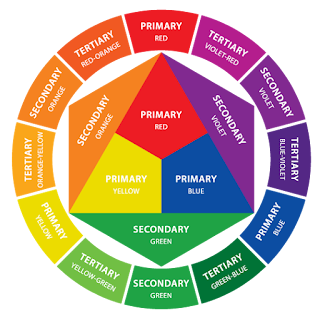You must follow the rules listed below:
1. Define what Primary, Secondary, and Tertiary Colors are in regards to color theory.
2. Avoid more than three repetitious moments, if so, you must change the angle, focal length, lens, distance to subject, composition....etc.
3. In your menu settings, set the date and time to today's date.
4. Shoot 30 frames...or more.
5. You may use analogous colors.
6. You may only edit in camera and keep photo sequence numbers in order.
7. Import files to your catalogue in Lightroom.
8. Export and post contact sheets to your blog. Here is a link on how to make a contact sheet in LR5: http://tv.adobe.com/watch/learn-lightroom-5/creating-a-contact-sheet/. Also look at the post to follow called "Creating Contact Sheets"
9. Contact sheets must have Photo Info checked on, showing the file name
10. In your blog post, explain why you chose the color that you did. Please list five things that this particular color symbolizes for you.

Analogous colors are colors that are close to one another on the color wheel that create a certain feeling or mood.
Complimentary colors are opposite each other on the color wheel. An example would be the colors Red and Green. Often complimentary colors are used in Art and Design.
Be familiar with Hue, Tint, Tone and Shade.
CMYK=Subtractive color. In the CMYK color model used in color printing, the primary colors magenta, cyan and yellow make black and the complementary pairs are magenta-green, yellow-blue, and cyan-red.
Here are some examples of how to approach shooting primary colors:
Willian Eggleston
Snak Shak, Montezuma, Georgia
1976
Alec Soth
Rebecca (from the series Niagara)
2006
Alec Soth
The Voyageur (from the series Niagara)
2006
Paul Graham
Interior of Cafe, Londonderry, North Yorkshire
September 1981
September 1981






